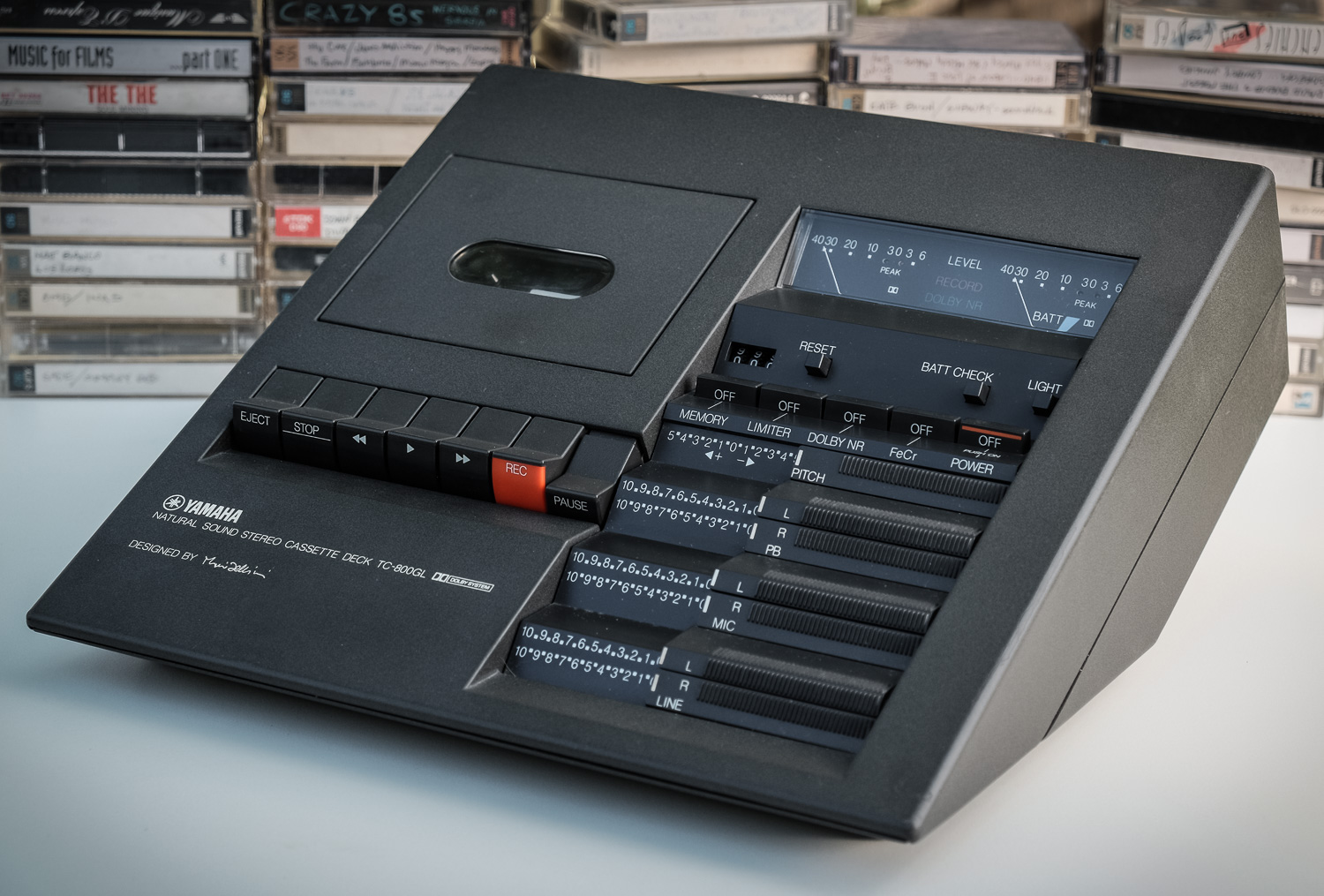ToTo Man
the band not the dog
Adding a reel-to-reel to my system has inspired me to dust-off my cassette decks. I have four of them: a majestic Akai GXC-570D (1975-1978?), a very cool looking Marantz 5220 (1974?) and two rather boring by comparison Technics RS-B11W twin-decks (1984-1985?). One of the Technics has been in the family since new and was used by me almost everyday for a period of about 7 years (fond memories  ), the second I picked up on eBay for beer money.
), the second I picked up on eBay for beer money.
I had really high hopes for the Akai, being a TOTL deck, but when I bought it around 15yrs ago it had issues, the main one being gooey pinch rollers. After two unsuccessful trips to my then go-to local tech that ended in a rather acrimonious parting of ways after he returned the deck to me in a poorer operational state (he basically shaved the rubber away to almost nothing which made wow and flutter intolerable!), I sent the butchered rollers over to Terry DeWitt in the States to be re-rubbered. Meanwhile I sourced and installed a new drive belt. The restored rollers cured the warble issue but I still wasn't blown away with the sound of the deck, it didn't match up to my Technics RS-B11W, so it's been parked on the shelf ever since.
I'd gladly pay to have the 570D refurb'd by a cassette deck expert if I knew it would improve its performance, but what if what I'm hearing is simply the limitations of 1970s cassette deck technology?
I tried the GXC-570 again yesterday after a ten year hiatus, cleaning the heads and capstans with IPA and demagnetising the entire transport path with my TEAC E-3 demagger (the latter of which I hadn't done previously). Everything still works ok (belt and rollers still look good and all transport functions and other buttons working), but the performance is still much as I remember it; a bit underwhelming.
If I upload some audio clips of the GXC-570D and Technics RS-B11W playing the same tapes, would it be possible to speculate on whether the 570D’s performance is simply of its time or if there are audible issues that could be fixed?
PS - I haven’t dared test the Marantz 5220 as I suspect it will be in need of new belts. If anyone could walk me through how to change the belts on a 5220 I'd be much obliged!
I had really high hopes for the Akai, being a TOTL deck, but when I bought it around 15yrs ago it had issues, the main one being gooey pinch rollers. After two unsuccessful trips to my then go-to local tech that ended in a rather acrimonious parting of ways after he returned the deck to me in a poorer operational state (he basically shaved the rubber away to almost nothing which made wow and flutter intolerable!), I sent the butchered rollers over to Terry DeWitt in the States to be re-rubbered. Meanwhile I sourced and installed a new drive belt. The restored rollers cured the warble issue but I still wasn't blown away with the sound of the deck, it didn't match up to my Technics RS-B11W, so it's been parked on the shelf ever since.
I'd gladly pay to have the 570D refurb'd by a cassette deck expert if I knew it would improve its performance, but what if what I'm hearing is simply the limitations of 1970s cassette deck technology?
I tried the GXC-570 again yesterday after a ten year hiatus, cleaning the heads and capstans with IPA and demagnetising the entire transport path with my TEAC E-3 demagger (the latter of which I hadn't done previously). Everything still works ok (belt and rollers still look good and all transport functions and other buttons working), but the performance is still much as I remember it; a bit underwhelming.
If I upload some audio clips of the GXC-570D and Technics RS-B11W playing the same tapes, would it be possible to speculate on whether the 570D’s performance is simply of its time or if there are audible issues that could be fixed?
PS - I haven’t dared test the Marantz 5220 as I suspect it will be in need of new belts. If anyone could walk me through how to change the belts on a 5220 I'd be much obliged!


